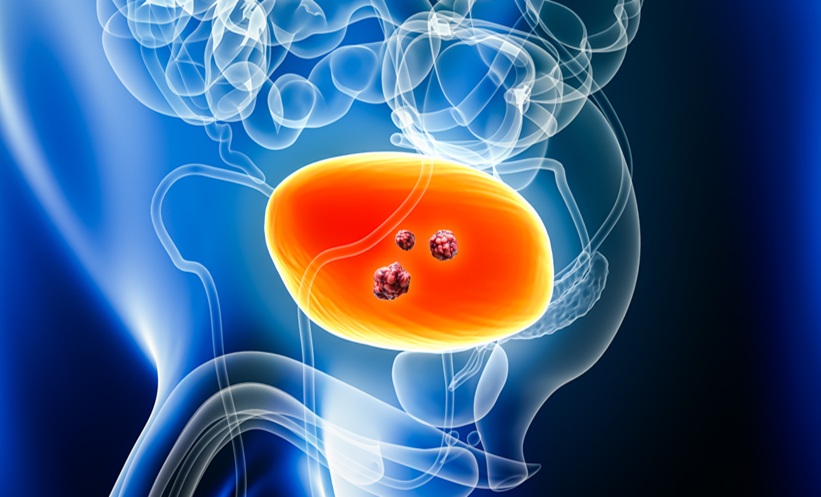Abstract
Urinary tract infections (UTIs), including cystitis and pyelonephritis, affect a large proportion of the world population and account for substantial morbidity and medical costs. Classification of the UTIs is based on the anatomical level of infection, the grade of severity of infection, the underlying risk factors, and the microbiological findings. Uropathogenic Escherichia coli is the causative agent in 70-95% of community-acquired uroinfections and about 50% of all cases of nosocomial uroinfections. Virulence factors associated with uropathogenic strains of E. coli contain toxins such as haemolysin and cytotoxic necrotising factor, capsules, lipopolysaccharide, the siderophore aerobactin, and adhesive organelles. The ability to attach to urothelial cells is the most important determinant of pathogenicity. An adherence is followed by inflammation involving the urothelial cells’ cytokine response. Whereas interleukin (IL)-6 can cause the fever and systemic response of the UTIs, IL-8 can function as a neutrophil chemoattractant. Cytokines released by T cells and monocytes modify initiative urothelial cells’ cytokine response to bacteria. Nevertheless, antibiotic treatments can effectively sterilise the urine, but bacteria can survive and persist in the bladder tissue, serving as a reservoir for the recurrent UTIs. The severity of UTI reflects the quality and magnitude of the host response. While strong local and systemic innate immune activation occurs in patients with acute pyelonephritis, the response to asymptomatic bacteriuria is low. It should be reasonable to ‘individualise’ diagnosis and therapy by interconnecting information on uropathogenic bacterial virulence and the host response.
Please view the full content in the pdf above.








